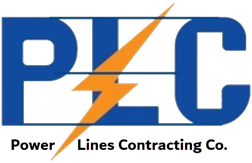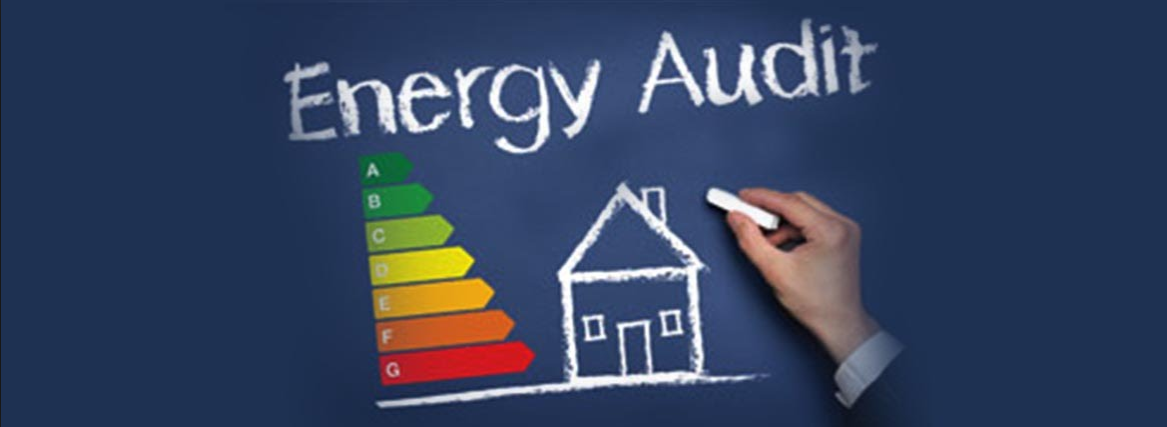An Energy Audit is the first step in order to achieve the Energy Efficiency goal. Utilities in KSA have given high emphasis on Energy Audit to determine the energy consumption and also to create awareness about the benefits of conducting an audit. This information can be used to identify opportunities to improve efficiency, decrease energy costs.
Power Lines Company has established itself as a qualified Energy Auditing company since 2019. Our highly trained professional engineers are capable of conducting Energy Audits and generating reports with recommendations on energy saving opportunities. This is very important for any building owners to know about the energy usage in their facilities and also how to manage it properly so that they can save energy as well reduce the operational costs.
Levels of Energy Audits
Generally, four levels of Energy Audit and Analysis are conducted (ASHRAE):
Level 0
Benchmarking: This first analysis consists in a preliminary Whole Building Energy Use (WBEU) analysis based on the analysis of the historic utility use and costs and the comparison of the performances of the buildings to those of similar buildings. This benchmarking of the studied installation allows determining if further analysis is required.
Level 1
Walk-through Energy Audit: Preliminary analysis made to assess building energy efficiency to identify not only simple and low-cost improvements but also a list of energy conservation measures (ECMs, or energy conservation opportunities, ECOs) to orient the future detailed audit. This inspection is based on visual verification, study of installed equipment and operating data and detailed analysis of recorded energy consumption collected during the bench-marking phase.
Level 2
Detailed/General Energy Audit: Based on the results of the pre-audit, this type of energy audit consists in energy use survey in order to provide a comprehensive analysis of the studied installation, a more detailed analysis of the facility, a breakdown of the energy use by each segments and a first quantitative evaluation of the ECOs/ECMs selected to correct the defects or improve the existing installation. This level of analysis can involve advanced on-site measurements and analysis. Utility bills are collected for a 12- to 24-month period to allow the auditor to evaluate the facility’s energy demand rate structures, energy usage profiles, power factor and load factor. A detailed financial analysis (ROI and paybacks) is performed for each measure based on detailed implementation cost estimates; site-specific operating cost savings, and the customer’s investment criteria. Sufficient detail including technology is provided to justify the project implementation.
Level 3
Investment-Grade Detailed Survey & Analysis Audit: Detailed Analysis of Capital-Intensive Modifications focusing on potential costly ECOs requiring rigorous engineering study and simulations. The investment-grade audit expands on the detailed audit described above and relies on a complete engineering study in order to detail technical and economical issues necessary to justify the high investment related to the transformations.
Interest in energy audits has recently increased as a result of growing understanding of human impact upon global warming and climate change. Energy audits are also popular due to financial incentives available from Utilities and it helps to treat Energy Conservation as a Business Process.
 |
| 

